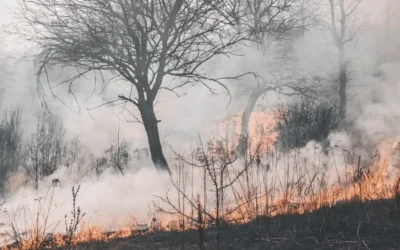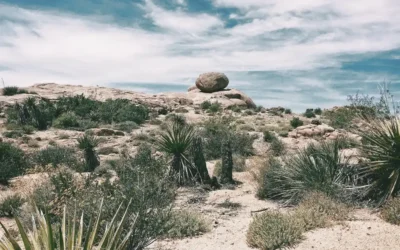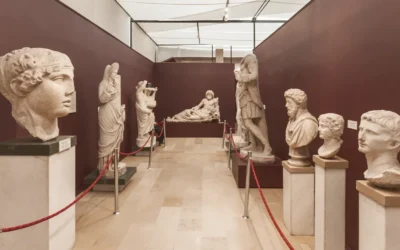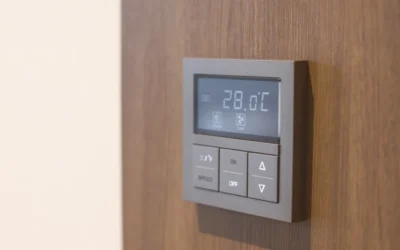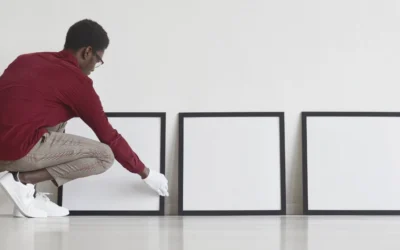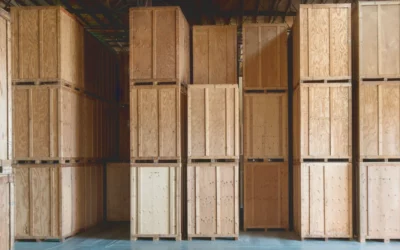Our blog
Insights, news & more
7 Resources for Disaster Preparedness in Heritage
Disaster preparedness strategies in heritage are essential. Here are seven resources to offer guidance for cultural heritage organizations.
Conserv Announces 2024 UK Expansion
Conserv is thrilled to announce its official launch for services in the United Kingdom. Read more and get in touch!
9 Tips for Collections In Arid Environments
Collections in arid environments must survive extremes of all kinds: temperature swings, winter storms, summer monsoons… what can you do?
Conserv Secures Strategic Investment from Christie’s Ventures
Conserv is thrilled to announce a strategic investment from Christie’s Ventures, the investment arm of the renowned international auction house.
What Do You Know About Museum Security?
Here are 5 key aspects of museum security you should be aware of when thinking about protecting collections and visitors at collecting institutions.
Traveling Museum Exhibits – Planning, Preparation, And Collections Care
What does it take to plan and execute successful traveling museum exhibits? Read about all the moving parts before, during and after.
Archive Temperature And Humidity Recommendations
Are there specific archive temperature and humidity recommendations? In fact, there are several! What are they, and how can we keep track?
Preventive Conservation: What Is Active Environmental Monitoring?
Preventive conservation requires active environmental monitoring for timely response and risk reduction. What do we mean by this? Read more.
How Technology In Libraries Is Evolving With Data, IoT, & AI
How is technology in libraries shaping the way we serve patrons in the 21st century? How are we harnessing it to improve? Learn more here.
Museum Collections Jobs: Key Skills Everyone Is Looking For
What skills are employers looking for when they post museum collections jobs? We went through a few and tell you here! Read more.
Preventive Conservation Courses You Can Take Today
Preventive conservation is a core competency for collections care professionals so where can you get preventive conservation courses today?
The Art Loan Agreement: Examples For Small Institutions
Five examples of art loan agreements from reputable institutions in the field of heritage conservation you can adapt to your specific needs.
7 Things You Need To Know About Art Transport Insurance
Are there things you think you don’t know you don’t know about art transport insurance? Better find out today!
How To Transport Art Sustainably – Crating Options Today
Can you transport art more sustainably? Yes! Here are 3 options available in the market today for environmentally conscious art crating.
Fine Art Transport Services: A Comparison
A brief overview of seven fine art transport services that operate both in the US and internationally today to help you compare.
Museum Lights And Visitor Experience: A Short Guide
Today, we recognize that collections are there to serve communities, so how do we balance museum lights for both accessibility and preservation?
Wifi Data Logger Vs. LoRaWAN For Collections Care
The choice of WiFi data loggers vs. LoRaWAN ones depends on your collection space, size, layout, network, budget, etc. How will you choose?
Art Transportation Services: What To Look For
What should you consider before entrusting your art to a third-party? Tips on what to look for when hiring art transportation services.
Why Traveling Exhibits For Small Museums Need Unlimited Users
Traveling exhibits for small museums present particular challenges. Environmental monitoring is key. How can you make this easily accessible?
Museum Technology For Preservation In Historic Homes
No environmental control systems in your historic home? Thanks to museum technology, it does not mean that you can’t improve collections care.

